We at Stripo are preparing detailed material about email marketing trends in 2024, and we are communicating with opinion leaders to find out how they see the key points of industry development.
Connecting with opinion leaders in email marketing helps us keep our finger on the pulse of the industry and share it with our readers. What do email marketing consultancy pay attention to when working with clients, and, of course, what trends await us in 2024 we asked Kath Pay, International Bestselling Author, Award Winner, Keynote Speaker & CEO at Holistic Email Marketing.
Interview Expert

Stripo: Why email marketing? What about this industry attracted you?
Kath: Like most email marketers, I kind of fell into it. In 1996, I had a web design agency and developed an ESP for one of my clients. Before too long, all of my clients were using it, so in 1998, I created Ezemail, an Aussie ESP, and brought it to the UK in 2004.
What awaits the email marketing industry in 2024
S: What email trends do you think will rule in 2024? Name the three most significant, please, and why are they.
K:
- GenAI — for subject lines, CTA’s, A/B testing, and much, much more.
- Automation — savvy email marketers are looking to work smarter, and automation based on the customer lifecycle helps them do this.
- DMARC and BIMI authentication — with Gmail and Yahoo's recent announcement, DMARC has become a must-have rather than a nice-to-have authentication.
S: AI will be used more and more in email marketing. When should we apply this? And what are your life hacks?
K: AI can be incredibly helpful. However, the main ingredient to getting it right is not to use it for the sake of using it but to resolve a need. Ideally, your email marketing strategy should identify when and where AI will best help you achieve your objectives. From there, it's a matter of researching the best tool to bring that particular strategy or tactic to life.
S: Stripo had an interesting experience getting BIMI and Gmail’s blue checkmarks. What do you think about getting BIMI? Do you see any benefit for the industry in this trend?
K: I do see a lot of benefits for implementing BIMI. I was initially skeptical, but that was because of how it was initially promoted. I know a lot of brands who want to implement BIMI and had to implement DMARC in order to do so, so a lot less phishing is happening because DMARC is needed — which is great.
Aside from the deliverability benefits, it also has some positive branding benefits. The logo and blue tick help you stand out in the inbox and go towards the recipient’s trust in your brand and, in the long term, their relationship with you.
S: What do you think email design should be in 2024 to help brands communicate with customers?
K: The inbox is the busiest it’s ever been. Throughout the years, both brands and consumers have realized the value of email, so your email can easily be lost in all this activity. Therefore, more than ever, your subject and email design are needed to get the consumer's attention.
The key to creating successful ROI-positive designs and campaigns often comes down to preparation and allowing yourself to focus on what's really important.
Master Templates allow this — they streamline the creative process while still abiding by company design guidelines and best practices for email coding.
The next step is to use an easy-to-use tool, such as Stripo, to create the campaign easily.
By simplifying the creative process, you’ve now given yourself time to focus on the strategy, copy (subject lines, body copy, and call-to-actions), and formulate your A/B test hypothesis.
S: What automations should companies definitely consider? And what will this bring to business?
K: It really depends on the type of business that it is. An eCommerce business will require different automations than a B2B business. The best thing is to do a deep-dive audit of your program. This includes identifying the missed opportunities by focusing on (and experiencing) the customer journey.
Automations has been a significant focus of companies in the past year or so because it delivers high ROI and enables businesses to streamline their workload. But they're also very much appreciated and loved by the consumer.
Identifying the touchpoints where you can offer the consumer some help in the form of a slight nudge or even simply recognizing where they're at in the buying cycle can help you and your consumer so much. They work so well because they're personalized to the consumer by being sent to them at the relevant touchpoint — whether because of an action they took or didn't take.
Absolute must-have automations include:
- the welcome series/onboarding series;
- abandoned cart/abandoned form or process;
- birthday or anniversary of first purchase;
- lapsing, lapsed, and dormant win-back programs.
You’ll note that these go across each of the 4 lifecycles — acquisition, conversion, retention, and reactivation. But there are so many more automations that can be implemented in addition to these essential programs.
Other programs we regularly implement for clients after performing an audit are:
- the subscribed but never purchased program;
- the only purchased once program;
- the 2nd/3rd/4th purchase program.
These programs are relevant for most businesses, while other automations we implement are based on the unique customer journey and business goals for that particular business.
S: Do you think reactivation email campaigns are an underrated tool for brands? What are your top three tips for email marketers to get started with these campaigns?
K: I write and speak a lot about reactivation campaigns — mainly because they’re greatly misunderstood in the industry and often implemented wrongly. The problem usually stems from thinking that re-engagement and reactivation programs are the same. They’re not.
A re-engagement program aims to re-engage subscribers who no longer open or click their emails. It has limited value as you're only focusing on email activity and can provide a confusing experience to your subscribers. Email has a nudge effect and drives consumers to other channels.
The DMA's 2023 Consumer Email Tracker study found that only 2 of the 14 possible actions consumers could take when they receive an exciting email will be attributed to email. This means that you could target a seemingly inactive email address with a “We miss you” campaign when they bought the week before.
Instead of implementing a re-engagement campaign, we recommend implementing a Subscribed but Never Purchased automation. This program will include those who haven't ever opened or clicked and the more meaningful metric of those who haven't purchased.
A reactivation program aims to reactivate those who have purchased previously but have not done so in a certain period. These are the low-hanging fruit of your email program, and at Holistic, we tend to break these into three different programs: Lapsing, Lapsed, and Dormant.
A reactivation program can be the trickiest of all your customer programs to plan and implement. But it's essential to get it right so you can spend less of your budget on acquisition and get a better return on what you've already spent.
Here’s a breakdown of the three programs that fall under reactivation:
- Lapsing: These customers are at the outer edge of your buying cycle. If your normal buying cycle is 60 days, these could be customers whose last purchase was a few days on either side of that cycle. If you’re just beginning to use reactivation programs, start with these customers because they’re the most recently active and likely the most interested.
- Lapsed: These customers have gone just beyond your purchase cycle. They might be 90 days past the last purchase but have more recent purchases than the next group in this list.
- Dormant: These customers have gone at least two purchasing cycles without buying. On a 60-day purchase cycle, they might be 121 days overdue. This group requires special handling to attract attention and avoid deliverability issues. Customers who have fallen away this long might be more tempted to click the spam button or to ignore your emails — two actions that can hurt your sender's reputation with the ISPs and keep you out of the inbox.
My top three tips are:
- Begin by crunching the numbers and understanding your customer’s buying cycle and frequency.
- Start with the Lapsing program first and set up 2 streams for an ongoing A/B split test within the program. You can test the approach (covert vs. overt), the offer, the language, the motivations (loss aversion vs. benefits, etc.), and the depth of personalization. Learn from this and then commence on your Lapsed and Dormant segments.
- Consider the following:
- how many emails are to be sent over what period;
- whether they’re held out from Business As Usual (BAU) campaigns, the messaging, and tone of voice;
- whether an incentive should be offered, and be sure to measure its success based on the success metric — which, more likely than not, will be conversions rather than opens and clicks.
What makes email marketing consultancy really holistic
S: Tell us a little about your Holistic Email Marketing. What email marketing services do you offer? How do you see your role in your clients' email marketing efforts?
K: We’re a boutique email consultancy with a focus on strategy. We’re small but mighty, with our team's experience ranging from 13 to 25 years in email marketing.
Our clients range from small to well-known global brands — we love working with them all, regardless of size.
We are email marketing consultants who focus on our clients' customer journeys. Our ethos is very much a helpful one — we simply want to help our clients to achieve their goals:
- help them get to the next stage with their email marketing program;
- resolving a deliverability issue that other deliverability experts couldn’t resolve;
- developing and implementing a strategy;
- helping to optimize their program holistically through A/B testing.
S: What industries do you have clients from? Who prevails?
K: As a consultancy, we are not industry-specific and have worked with all industries over the years, but the majority of our clients tend to be either eCommerce or B2B.
S: Do you help your clients with email marketing strategies?
K: We are a consultancy, and as such, we have three main services:
- discover — audit;
- devise — strategy;
- develop — bring the strategy to life. However, unlike an agency, we do not build and send newsletters or other BAU emails — just automation.
We create robust written strategies based on interviews, discovery workshops, and our famously in-depth audits. This strategy is then used as a living, breathing, ever-evolving document and a historical document to record what is currently in place. This then becomes very helpful when bringing on a new team member.
We can also expand the audit to include a go-to document for recording the existing automation, their objective, audience, logic, and then details of each email. So when it comes time to review these or A/B testing them periodically, this document makes a marketer’s life easier.
S: How long does one client work with you on average?
K: Many of our clients come to us with a specific project in mind, and once completed, we may not hear from them again until another project needs our expertise. These projects can range from one month to 8 months on average. Other clients work with us on retainers, and they can stay with us for between 2 and 5 years, usually until their circumstances change.
S: How is the process of communication with the client structured at the start of work?
K: We initially jump on a discovery call with the client’s team. The briefing and understanding of needs begin at the initial call. We then produce a SOW, which is agreed to and signed off by the client, and we work from it.
Wrapping up
Here are some insights for email marketing consultancy and best practices we will get after this interview:
- help your clients achieve their goals — hold kick-off calls and listen to all the details of the current email marketing situation, and then select approaches that will work specifically for their situation;
- use reactivation programs to get it right so you can spend less of your budget on acquisition and get a better return on what you’ve already spent;
- the main ingredient to getting AI right is to not use it for the sake of using it but to resolve a need;
- in 2024 give attention to such trends as GenAI, automation, DMARC, and BIMI authentication;
- by simplifying the email production process, including using Stripo, you’ve now given yourself time to focus on the strategy, copy (subject lines, body copy, and call-to-actions), and formulate your A/B test hypothesis.
We are grateful to Kath Pay for the interview, where we discussed important topics for the email marketing industry.


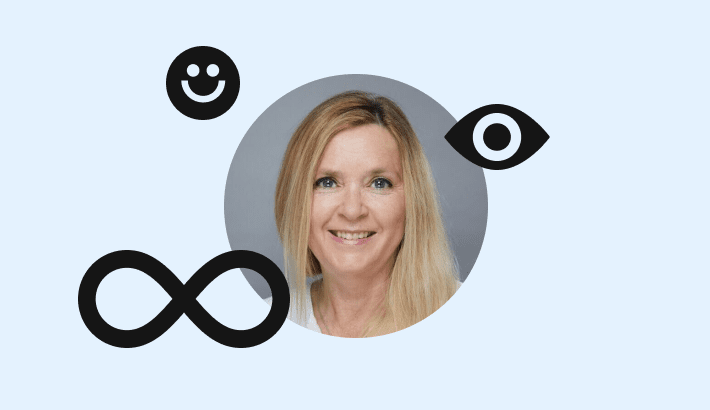
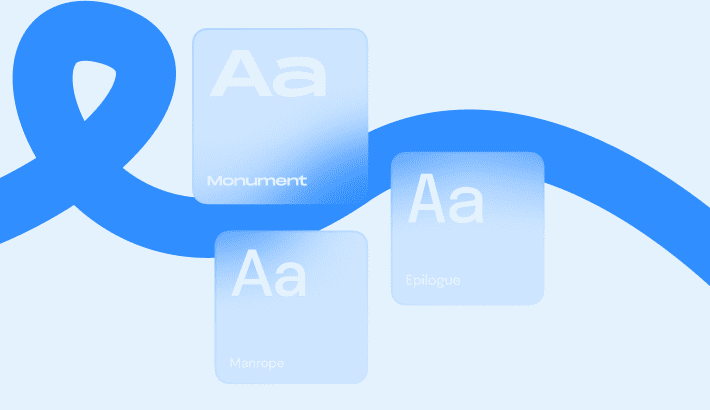

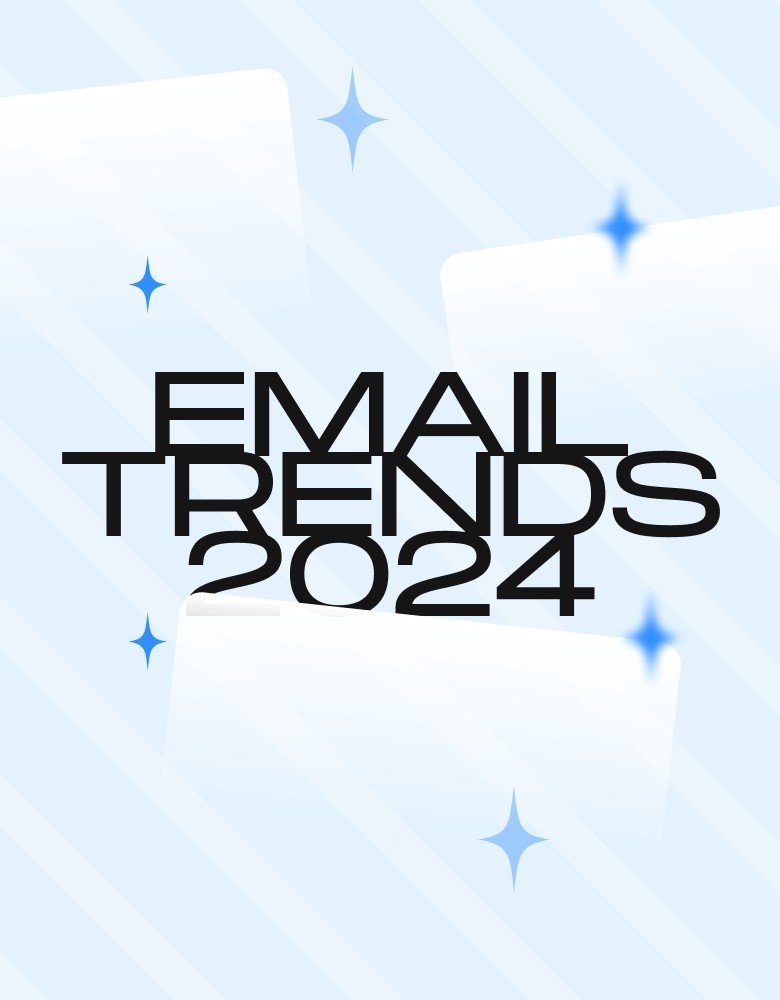

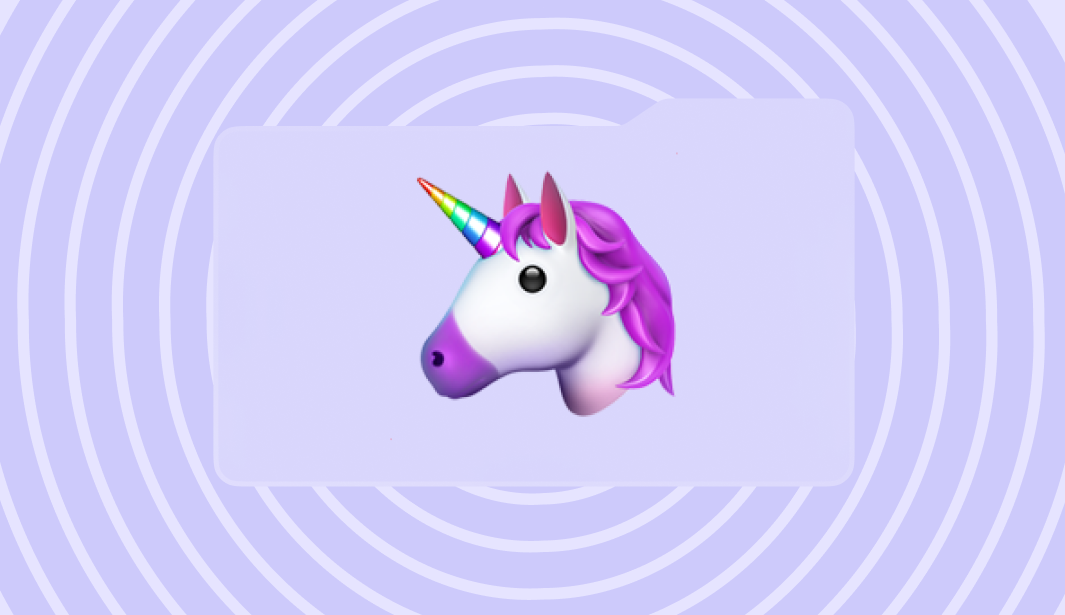
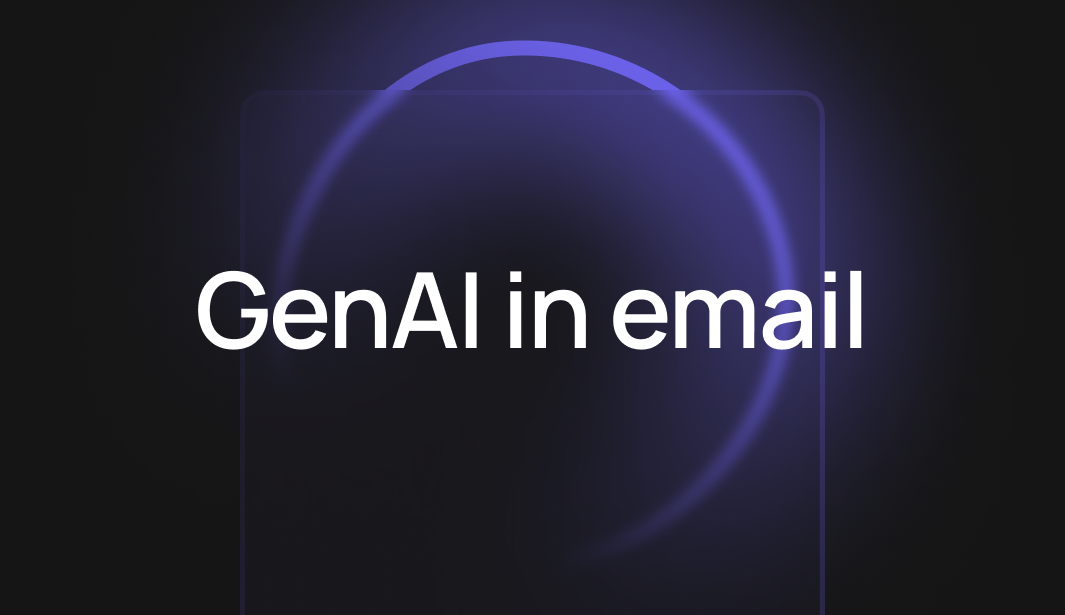

0 comments